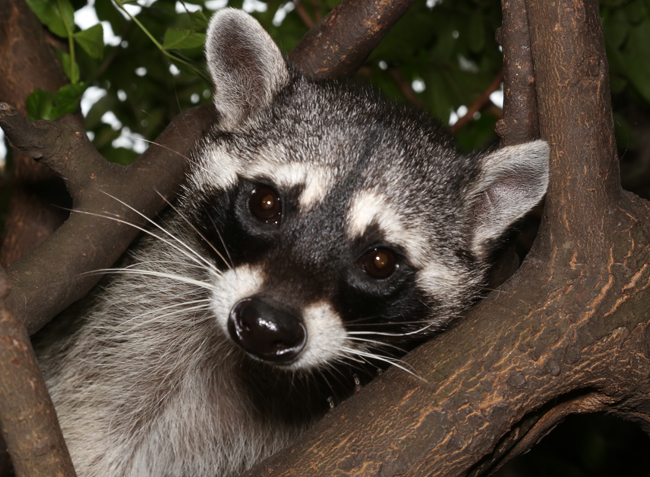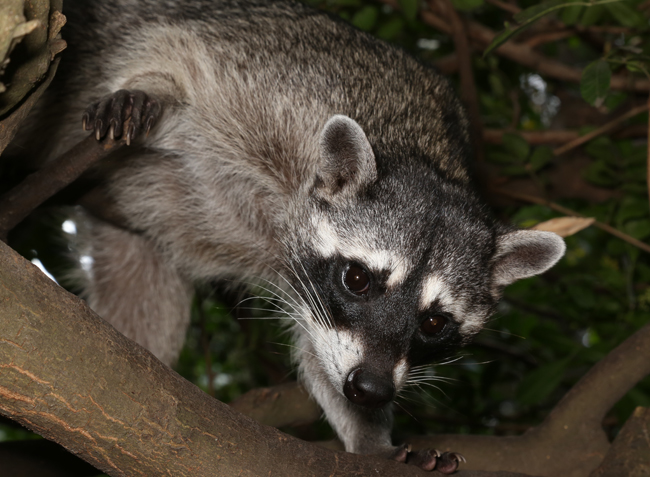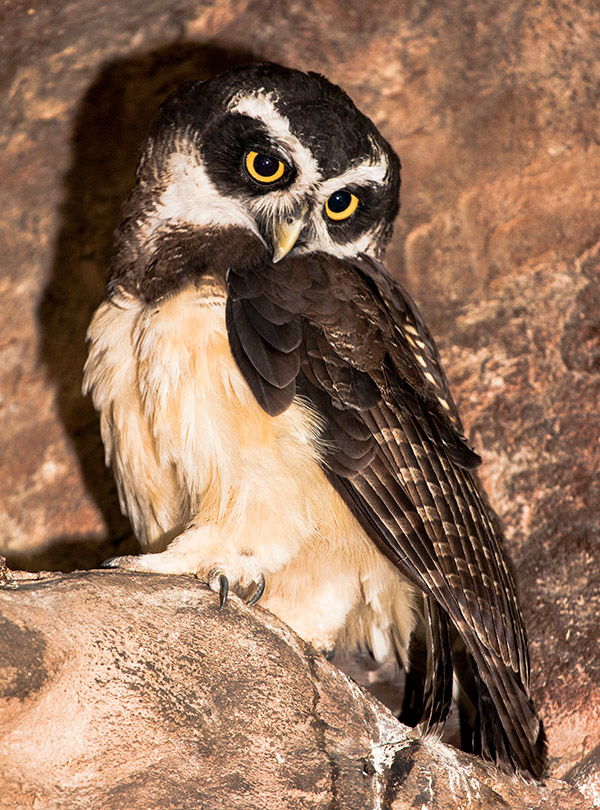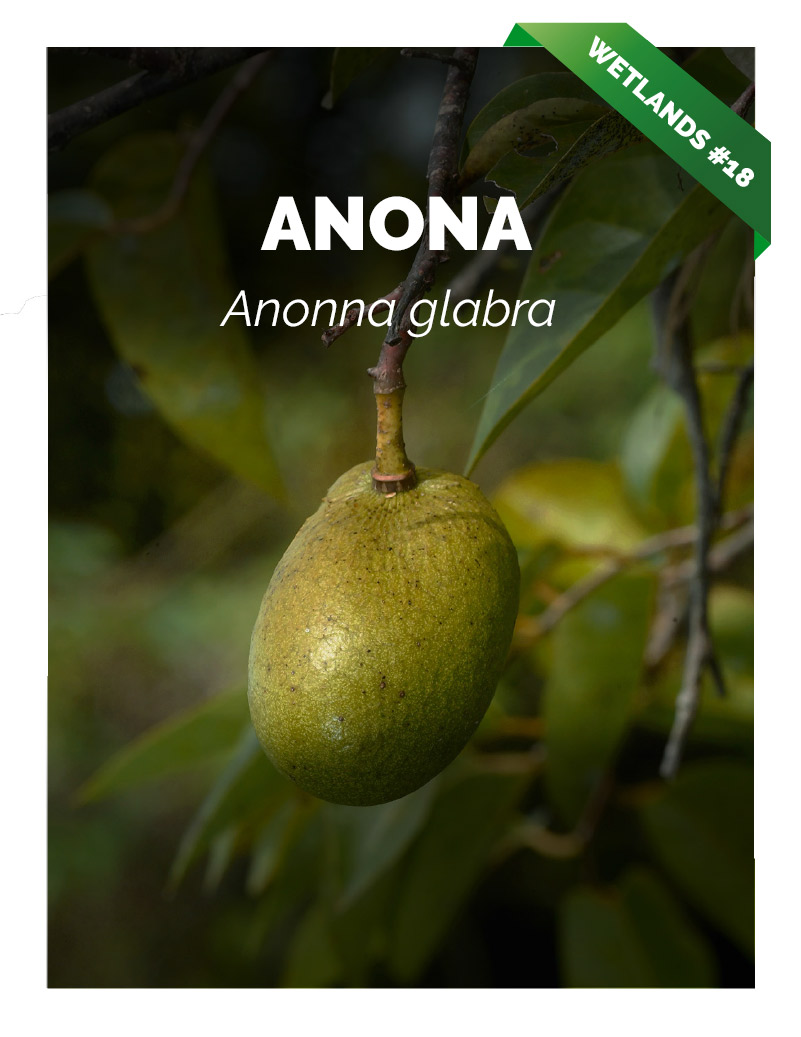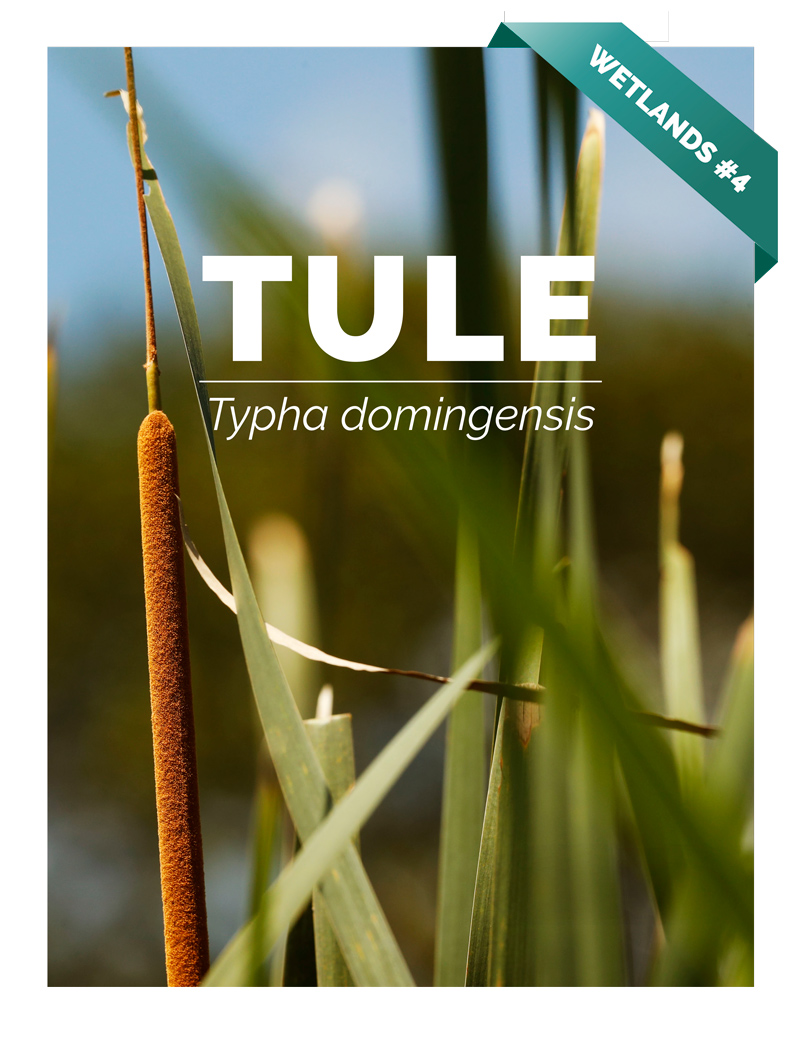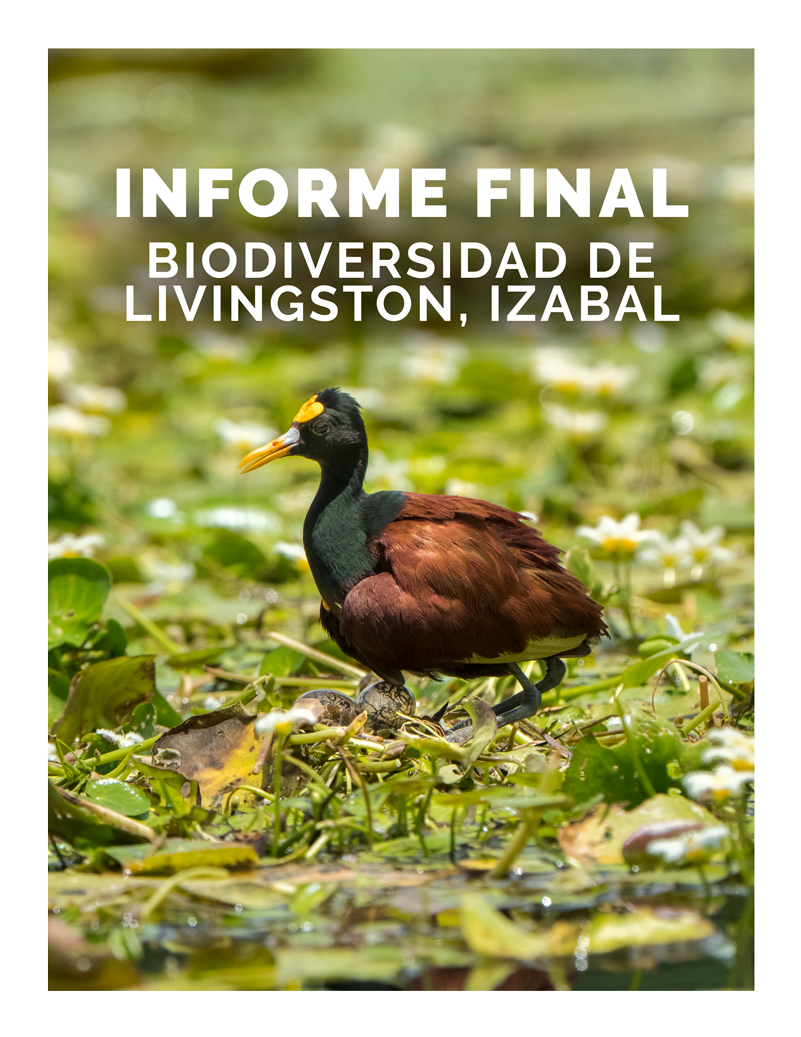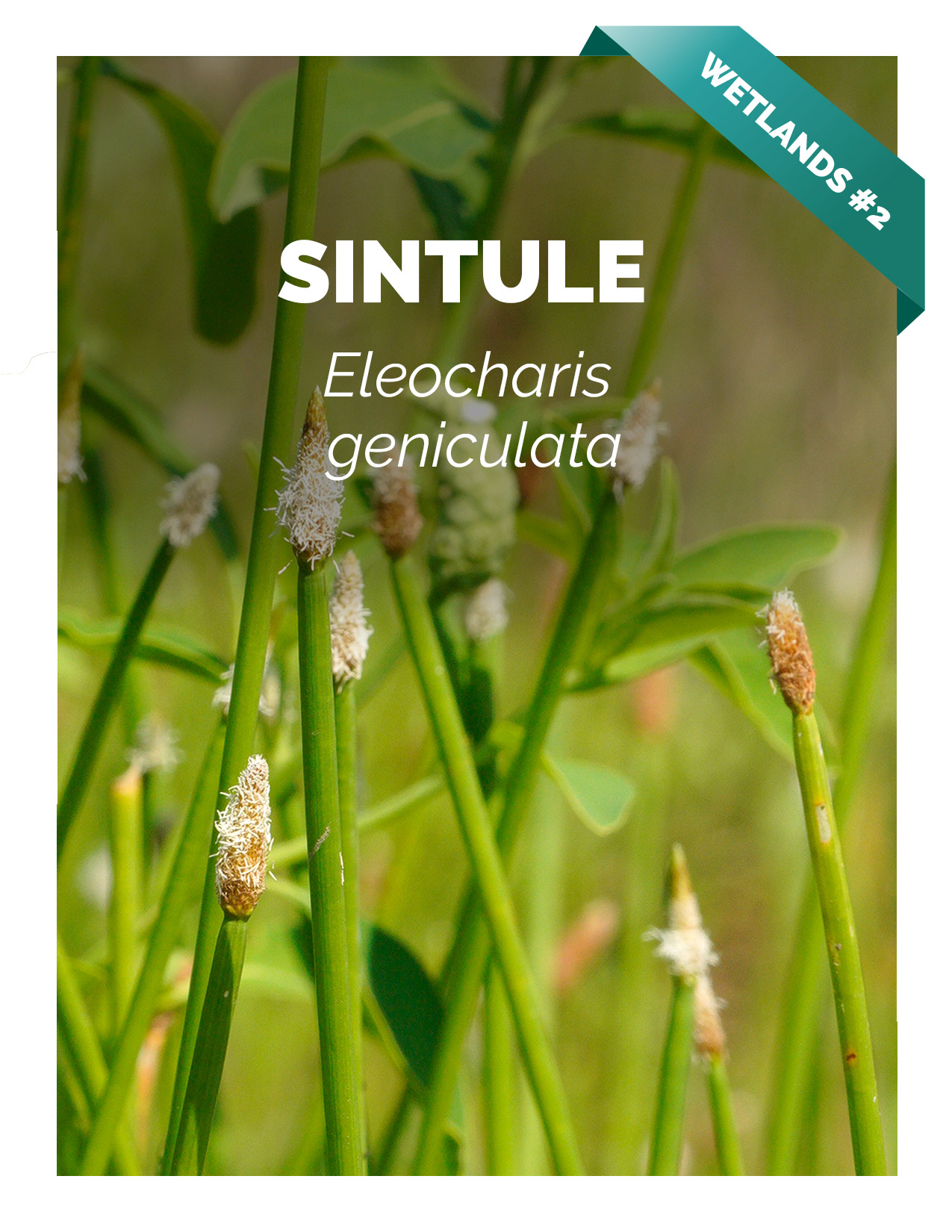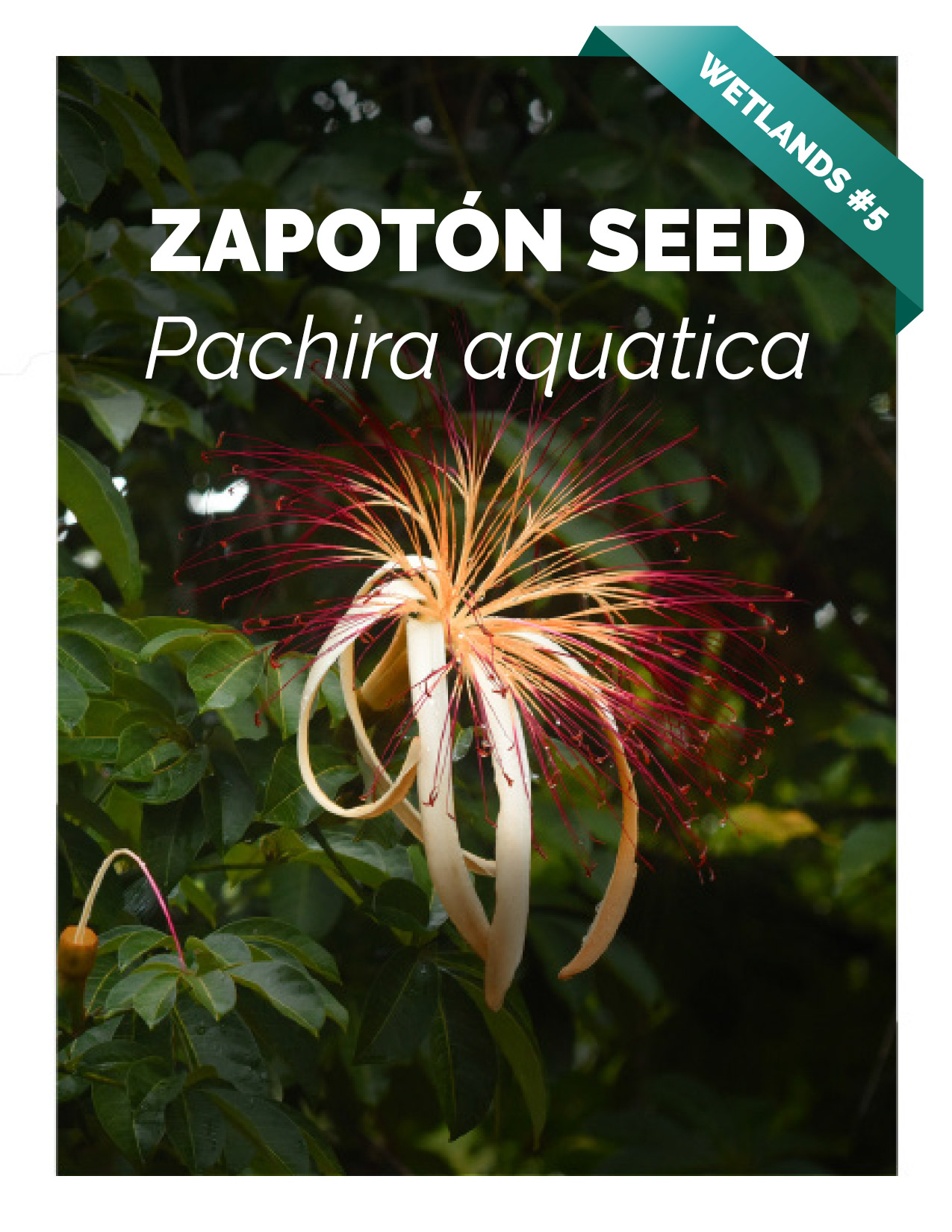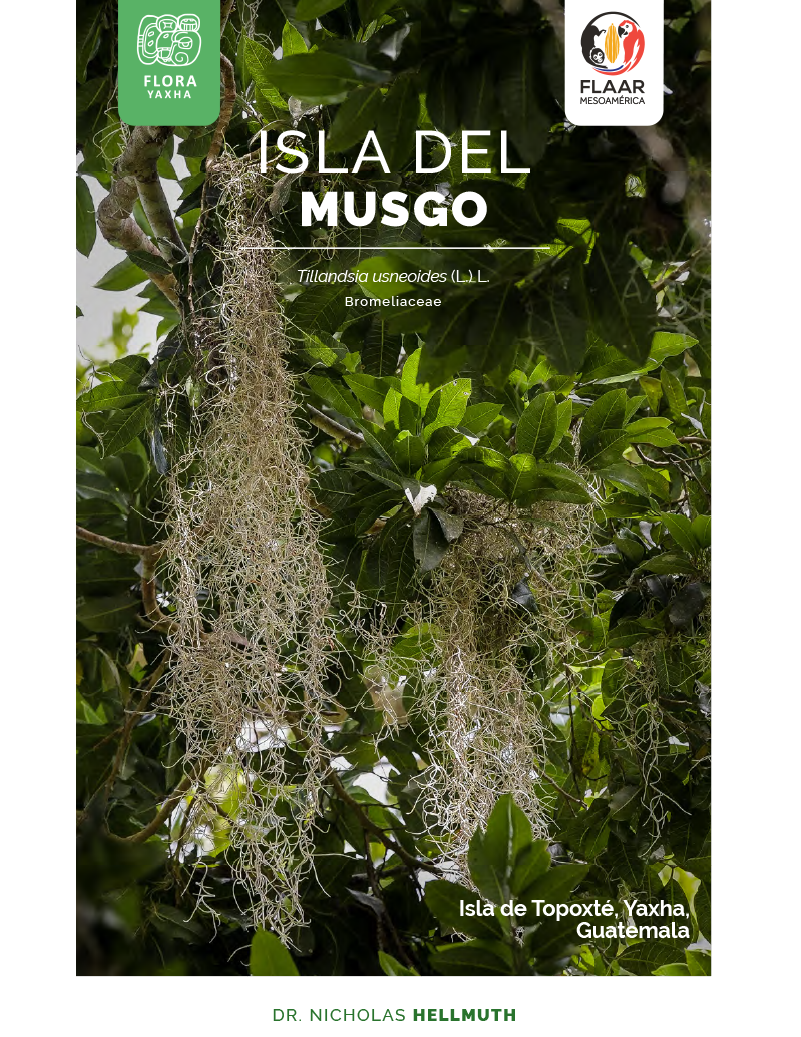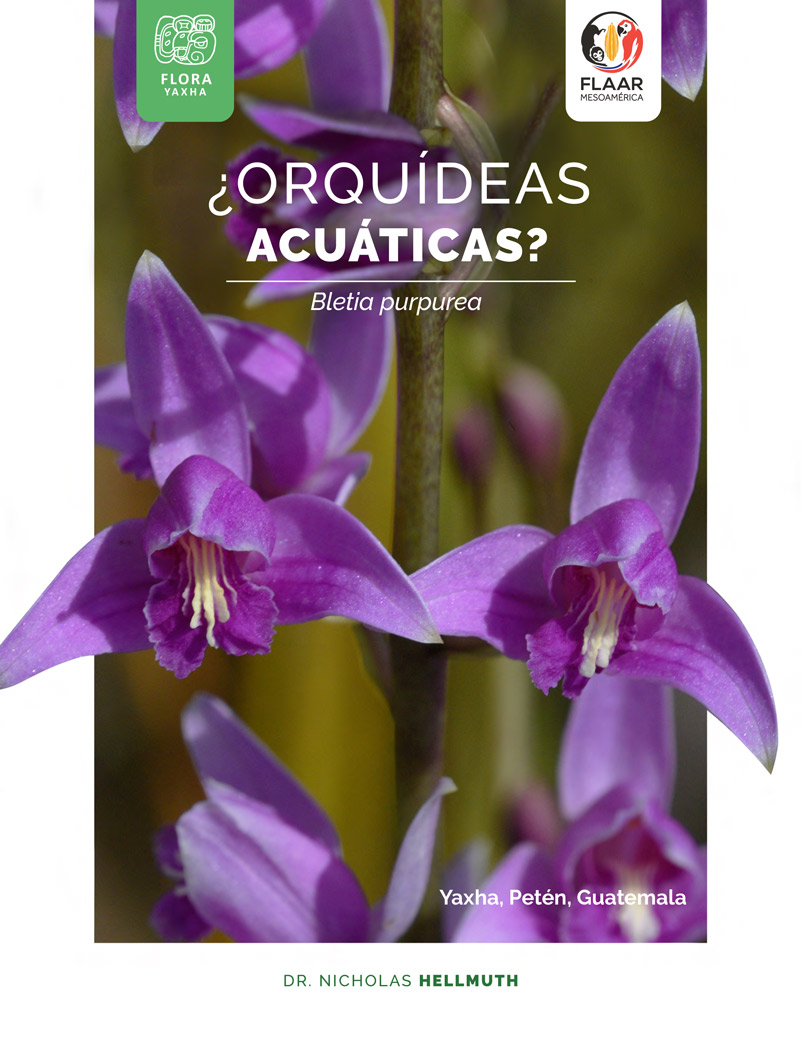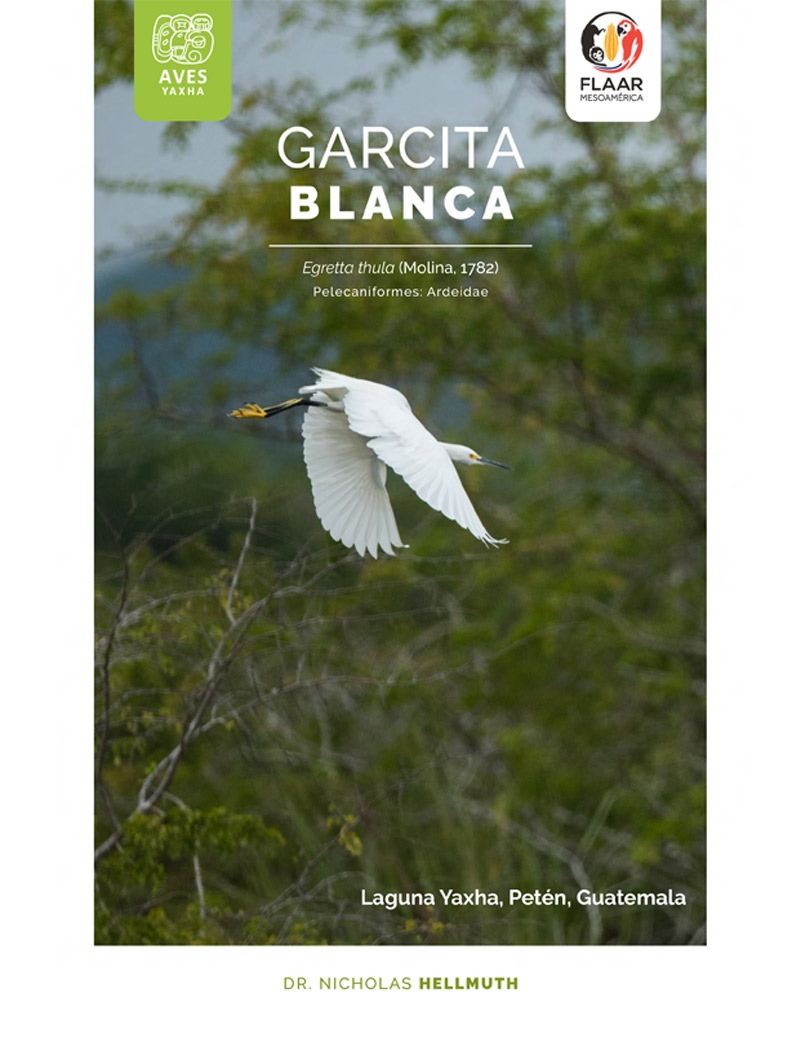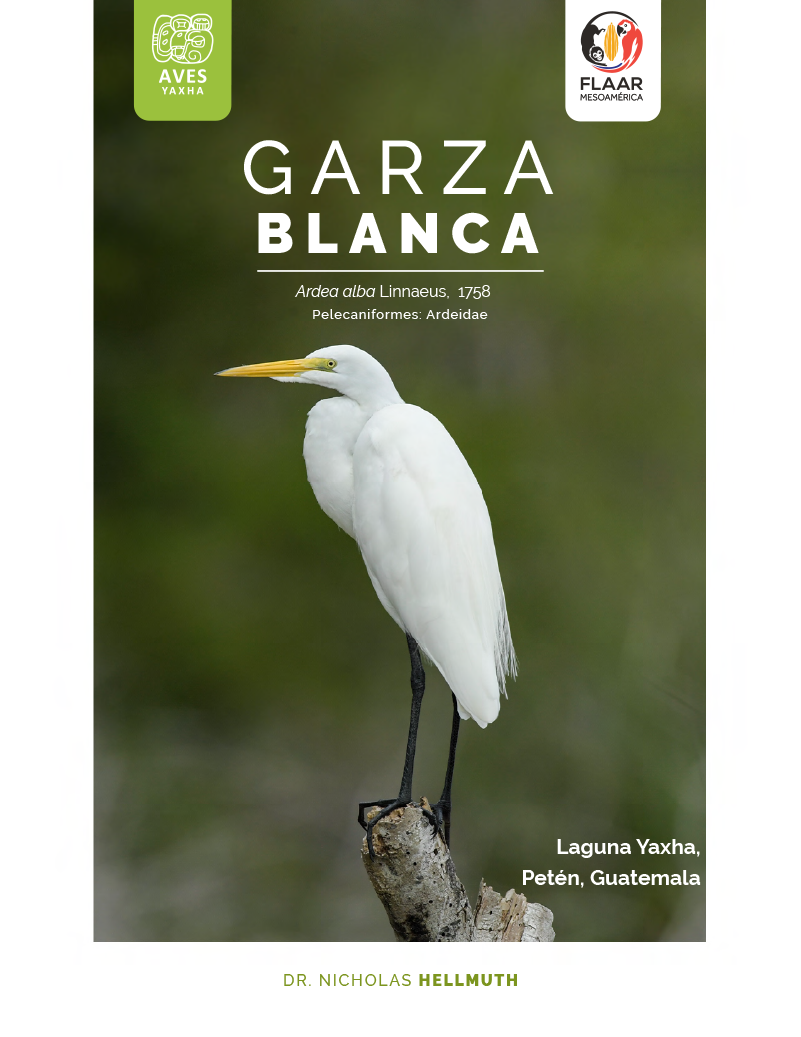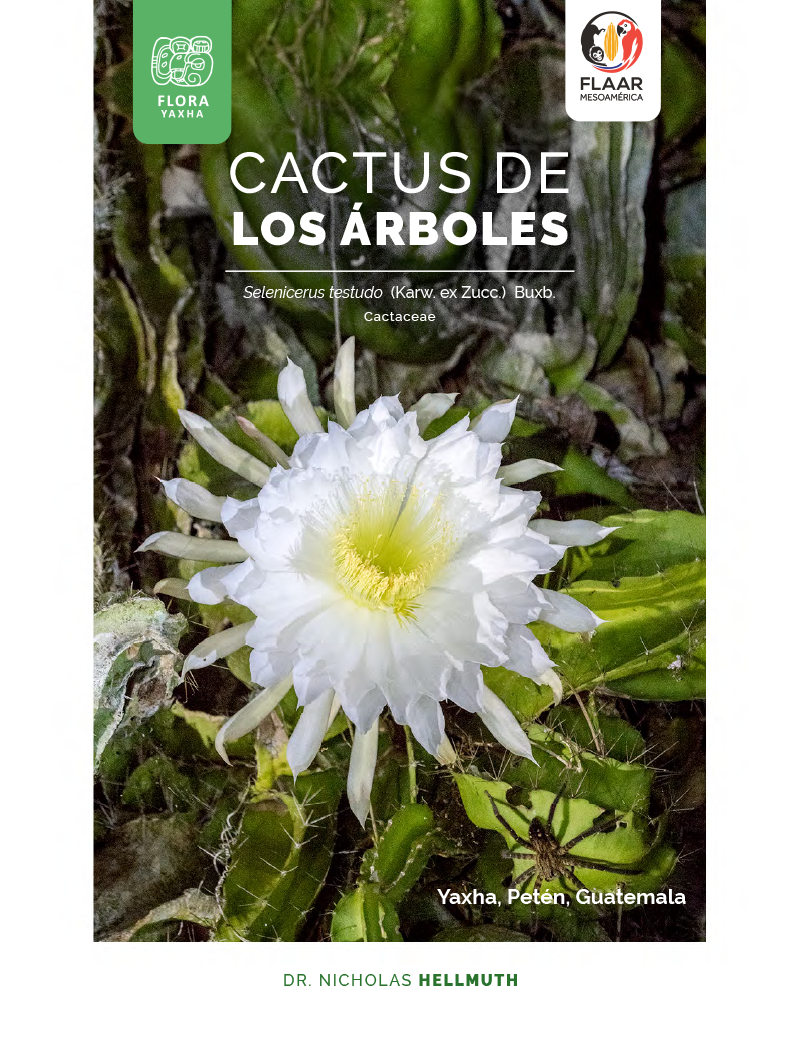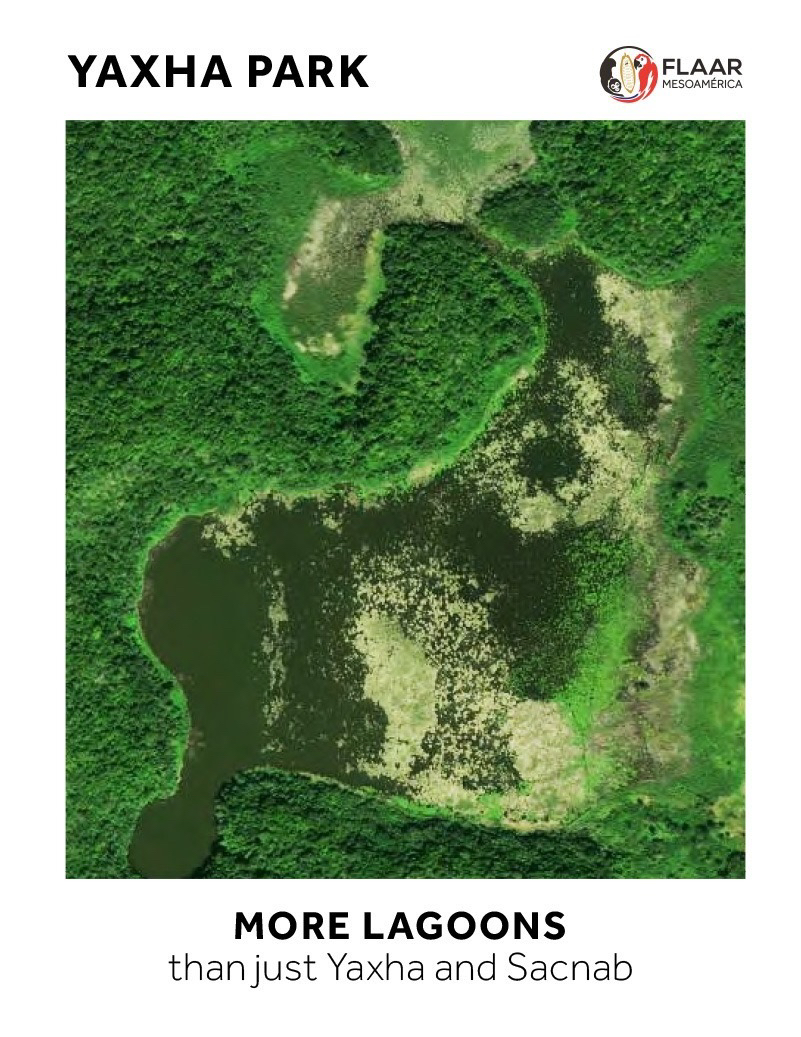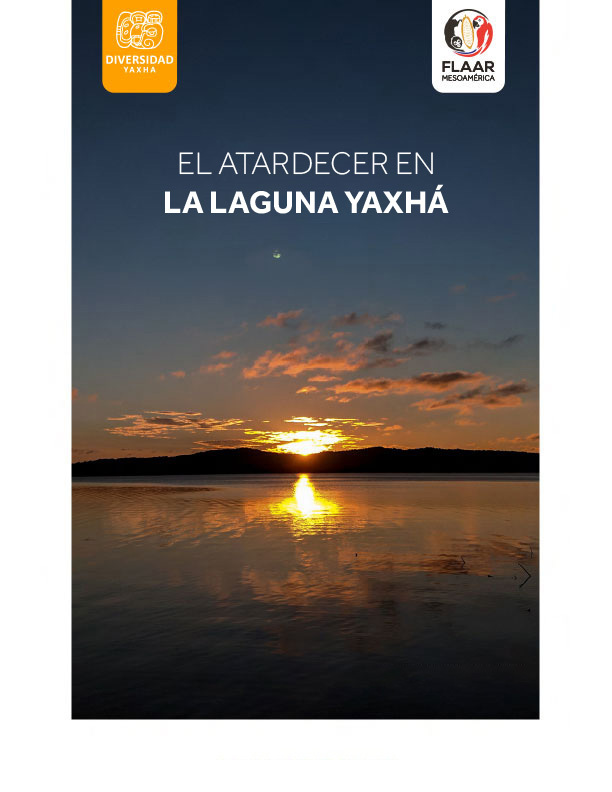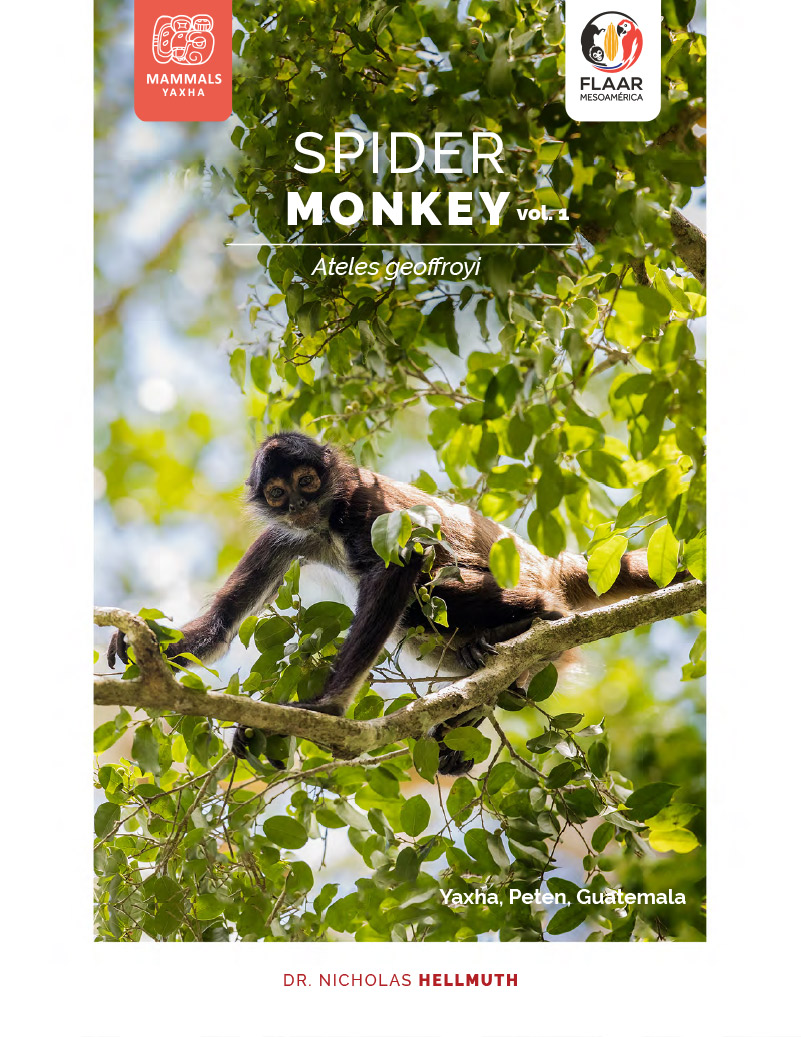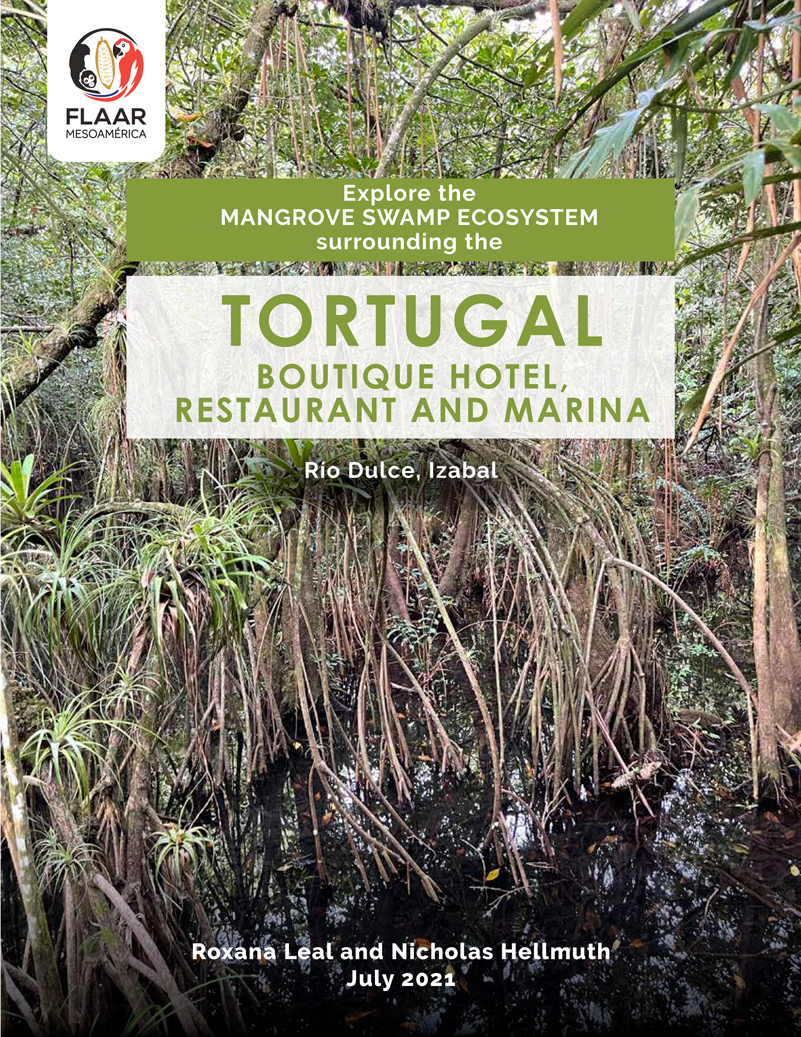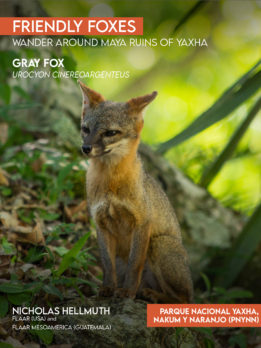Posted December 2, 2014
Although this is a general zoo, and thus naturally has the world-popular elephants and other animals from Africa, there are also lots of the important birds and animals of Guatemala. So if you are a student or zoologist or iconographer or ethnographer, this Parque Zoológico Nacional La Aurora is one place to be sure to visit. Naturally you will want also to explore the rest of Guatemala to see the birds or animals outside in their natural habitat, but to get detailed photos, you can get better focus in a good zoo.
Since raccoons are common throughout the USA, and as I grew up (on summers and weekends the rest of the year) on a farm in the Missouri Ozark Mountains, animals such as raccoons are not the exotic creatures such as jaguar. Nonetheless, raccoons were present through many areas of Mesoamerica and are worth studying. This is the what I would call normal common raccoon, Pacyon lotor, mapache in Spanish.
Thanks to the Parque Zoológico Nacional La Aurora it was possible to enter the cage of these cute animals. They got used to us after a few minutes and were so curious they would come down from the top of the tree and peek at us. So even without a tripod we got some sharp photographs (Canon EOS 6D camera). I would also have used our Nikon D800E but the assistants did not pack the appropriate lens, so I stayed with the Canon.
We are looking at other brands and sizes of ring flash (this was taken with a basic Canon-brand ring flash, which does not fit on most Canon lenses (since it is made just for one macro lens). Most non-Canon ring flash have screw on rings so you can put the other ring flash on any lens (of any brand).


